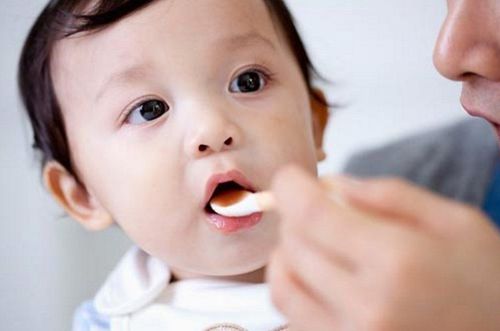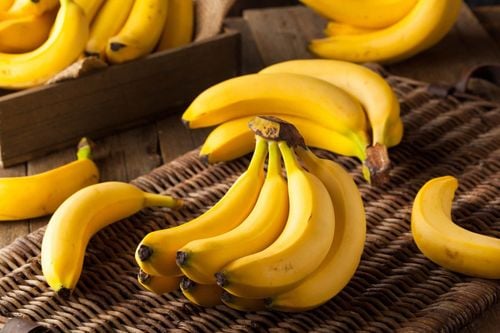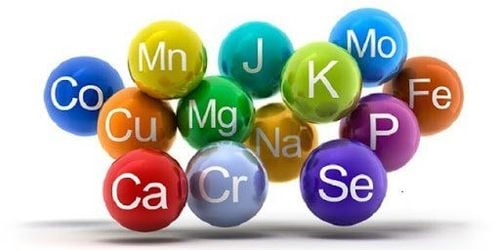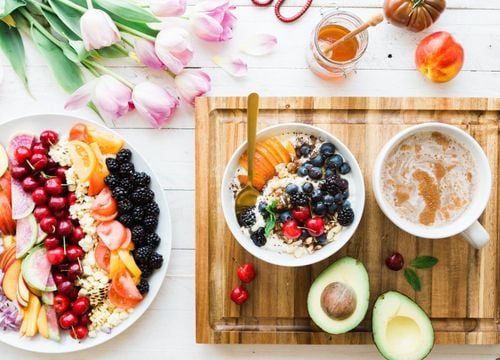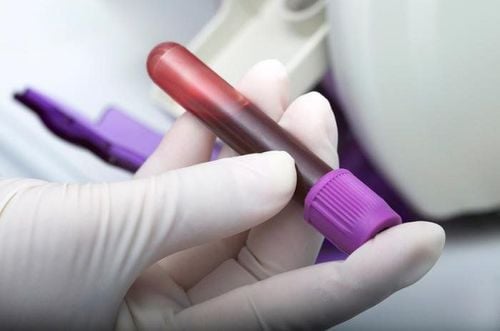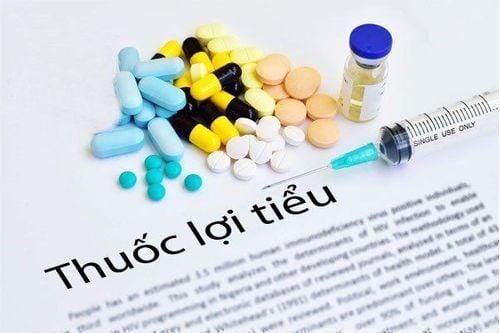This is an automatically translated article.
A proper diet can effectively help control chronic kidney disease. Because the kidneys cannot remove waste products from the body the way it should. Therefore, a reasonable diet for people with this disease will help the body stay healthy longer.1. Diet for people with chronic kidney disease
The function of the kidneys is to remove waste and excess fluid from the body. In addition, it also has a role to help:Balance minerals in the body, such as salt and potassium . Fluid balance in the body. Make hormones that affect how other organs work. The right diet for people with kidney disease will help protect the kidneys from further damage. At that time, in the daily diet will have to limit certain foods and liquids so that other fluids and minerals such as electrolytes do not accumulate in the body. At the same time, you'll have to make sure you get the right balance of protein, calories, vitamins, and minerals.
If you are in the early stages of chronic kidney disease, there may be less need to limit certain foods in your diet. But as it gets worse, you'll have to be more careful about what you put into your body.
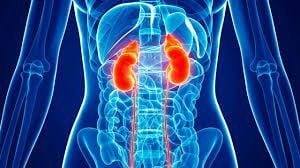
Chế độ ăn hợp lý với người mắc bệnh thận sẽ giúp bảo vệ thận khỏi bị tổn thương thêm
2. Steps to implement a diet for chronic kidney patients
The diet for people with chronic kidney disease will be made according to the following steps to help better control the disease and limit the decline in kidney function.2.1. Step 1: Choose and prepare foods that are low in salt and sodium To help control blood pressure, your diet should contain less than 2,300 milligrams of sodium per day.
Regularly buy fresh food. Because, using packaged or processed foods are often higher in sodium. Cook food from scratch instead of eating processed foods, fast foods, frozen dinners, and canned foods because these foods are often higher in sodium than usual. When you prepare your food from fresh produce, you will limit this salt content. Use sodium-free seasonings, herbs, and seasonings in place of salt. Check the sodium content of foods by looking at the nutritional information printed on the product packaging. Wash canned vegetables, beans, meat and fish with water before eating. 2.2. Step 2: Eat the right amount and type of protein When your body uses protein, the kidneys create waste. Your kidneys remove this waste. Eating more protein than recommended can make your kidneys work harder.
Eat small portions of foods that contain protein. Protein is found in both plant and animal-based foods. Both of these proteins are used by everyone. You can talk to a dietitian about choosing the right combination of protein foods for you. Some foods contain protein of animal origin such as: Chicken, fish, meat, eggs, milk and dairy products.
Some foods contain plant-based protein such as beans, nuts and seeds.
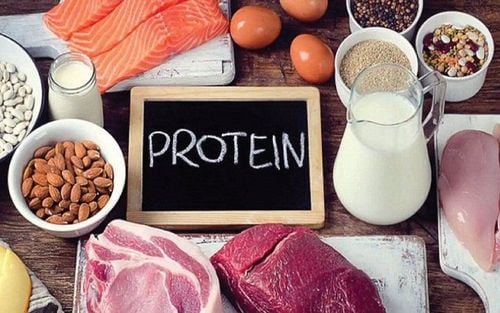
Người bệnh thận mãn tính chỉ nên ăn những phần thức ăn nhỏ có chứa protein
Some cooking methods for this patient population include:
Grilling, roasting or sautéing food instead of deep frying. Cook with a small amount of olive oil instead of butter. Trim fat from meat and remove skin from poultry before eating. Try to limit saturated fat and trans fat in your diet. Some heart-healthy foods: Lean meats, such as loin or round meat; Poultry without skin; Fish; Bean; Vegetable; Fruit; Low-fat or fat-free milk, or yogurt and cheese products.
Limit alcohol Drink only in moderation: No more than one drink per day if you're a woman and no more than two if you're a man. Drinking too much alcohol can damage your liver, heart, and brain and cause serious health problems.
Next steps to eating right As kidney function declines, you may need to eat foods with less phosphorus and potassium. How to know what to eat with chronic kidney failure? Medical staff will use laboratory tests to check the phosphorus and potassium levels in your blood.
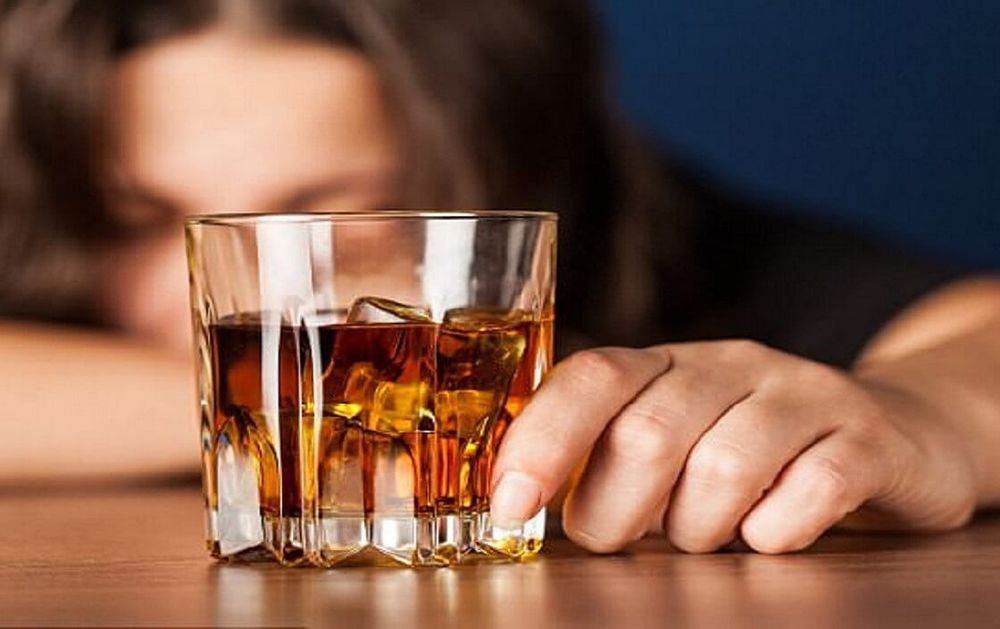
Uống quá nhiều rượu có thể gây hại cho gan, tim, não và gây ra các vấn đề sức khỏe nghiêm trọng
Many packaged foods often add phosphorus. For example, deli meats and some fresh meats and poultry may have phosphorus added.
Your healthcare provider can talk to you about taking a phosphate binder with meals to lower your blood phosphorus. A phosphorus binder is a chemical that acts like a sponge to absorb or bind phosphorus while it is in the stomach. Because it is bound, phosphorus does not enter your bloodstream. Instead, the body gets rid of phosphorus through the stool.
2.5. Step 5: Choose foods with the right amount of potassium This is intended to help your nerves and muscles work properly. Many problems can occur when potassium levels in the blood are too high or too low. Damaged kidneys allow potassium to build up in your blood, which can cause serious heart problems. Making daily food and beverage choices can help you lower your potassium levels, if needed.
Salt substitutes can contain a lot of potassium. Read ingredient labels and check the nutrition facts of your supplier's product for salt substitutes.
Please dial HOTLINE for more information or register for an appointment HERE. Download MyVinmec app to make appointments faster and to manage your bookings easily.
Reference source: niddk.nih.gov



